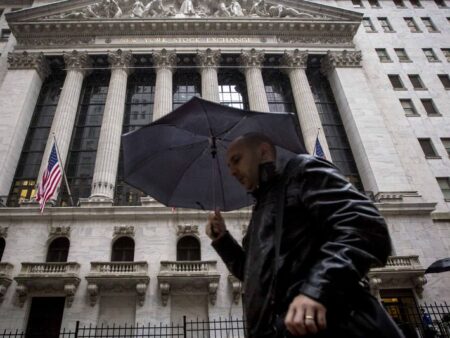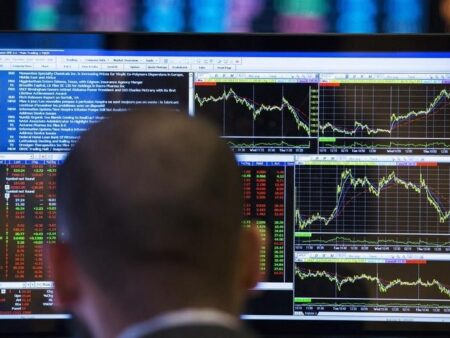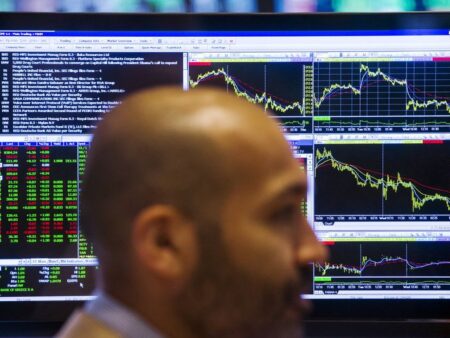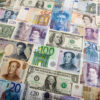By Vladimir Soldatkin and Dan Peleschuk
MOSCOW/KYIV (Reuters) -Russian gas exports via Soviet-era pipelines running through Ukraine came to a halt on New Year’s Day, marking the end of decades of Moscow’s dominance over Europe’s energy markets.
The gas had kept flowing despite nearly three years of war, but Russia’s gas firm Gazprom (MCX:) said it had stopped at 0500 GMT after Ukraine refused to renew a transit agreement.
The widely expected stoppage will not impact prices for consumers in the European Union – unlike in 2022, when falling supplies from Russia sent prices to record highs, worsened a cost-of-living crisis and hit the bloc’s competitiveness.
The last remaining EU buyers of Russian gas via Ukraine, such as Slovakia and Austria, have arranged alternative supply, while Hungary will keep receiving Russian gas via the TurkStream pipeline under the Black Sea.
But Transdniestria, a breakaway pro-Russian region of Ukraine’s neighbour Moldova also reliant on the transit flows, cut off heating and hot water supplies to households early on Wednesday. Local energy company Tirasteploenergo urged residents to dress warmly, hang blankets or thick curtains over windows and balcony doors, and use electric heaters.
Ukrainian President Volodymyr Zelenskiy, writing on the Telegram messaging app, said the end of gas transit through his country to Europe was “one of Moscow’s biggest defeats” and urged the U.S. to supply more gas to Europe.
“The more there is on the market from Europe’s real partners, the faster we will overcome the last negative consequences of European energy dependence on Russia,” he wrote.
Europe’s “joint task” now, he wrote, was to support ex-Soviet Moldova “in this period of energy transformation”.
The European Commission said the EU had prepared for the cut-off.
“The European gas infrastructure is flexible enough to provide gas of non-Russian origin,” a spokesperson for the Commission said. “It has been reinforced with significant new LNG (liquefied ) import capacities since 2022.”
Russia and the former Soviet Union spent half a century building up a major share of the European gas market, which at its peak stood at around 35%. But the EU has slashed its dependence on Russian energy since the start of the war in Ukraine by buying more piped gas from Norway and LNG from Qatar and the United States.
Ukraine, which refused to extend the transit deal, said Europe had already made the decision to abandon Russian gas.
“We stopped the transit of Russian gas. This is a historic event. Russia is losing its markets, it will suffer financial losses,” Ukraine’s Energy Minister German Galushchenko said in a statement.
ALTERNATIVE SUPPLIES
Ukraine will lose up to $1 billion a year in transit fees from Russia. To help offset the impact, it will quadruple gas transmission tariffs for domestic consumers from Wednesday, which could cost the country’s industry more than 1.6 billion hryvnias ($38.2 million) a year.
Gazprom will lose close to $5 billion in gas sales.
The company halted supply to Austria’s OMV in mid-November over a contractual dispute but in recent weeks Russian gas has been reaching Austria via Slovakia at a rate of around 200 gigawatt hours (GWh) per day. For Jan. 1, only about 7 GWh per day is expected to flow from Slovakia to Austria, Austrian energy regulator E-Control said.
Slovakia’s main gas buyer SPP said it would supply its customers mainly via pipelines from Germany and also Hungary, but would face additional transit costs.
Combined pipeline routes from Russia delivered a record high 201 billion cubic metres (bcm) of gas to Europe in 2018.
The Nord Stream route across the Baltic Sea to Germany was blown up in 2022 and the Yamal-Europe pipeline via Belarus has also shut.

Russia shipped about 15 bcm of gas via Ukraine in 2023, down from 65 bcm when the last five-year contract began in 2020.
($1 = 41.9000 hryvnias)
Source link

















